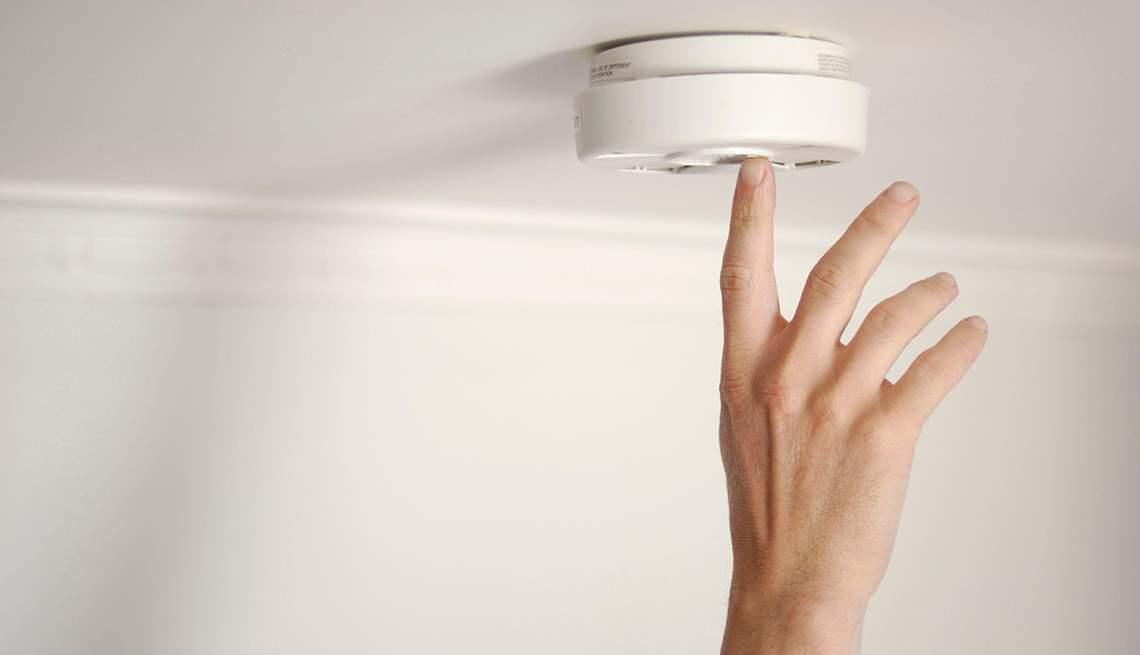
- Select a language for the TTS:
- UK English Female
- UK English Male
- US English Female
- US English Male
- Australian Female
- Australian Male
- Language selected: (auto detect) - EN
Play all audios:
Amazon has stopped selling the affected products, is informing customers of CPSC’s warning and is providing them with refunds, a spokesperson told AARP. In March, the CPSC warned consumers
about a different CO detector sold on Amazon, citing that it failed to set off an alert in the presence of the gas. “This is the sort of situation, involving foreign sellers who have not
responded to requests for a recall, that has led CPSC to look to companies like Amazon to take responsibility for these types of products,” the agency told AARP. “In fact, CPSC is involved
in litigation against Amazon regarding just such a circumstance.” CARBON MONOXIDE, FIRE SAFETY CO is a deadly, odorless, colorless gas. It is found in fumes produced by vehicles, stoves,
lanterns, grills, fireplaces, gas ranges and furnaces. When it builds up indoors, it can poison people and animals who breathe it, according to the Centers for Disease Control and Prevention
(CDC). The most common symptoms of CO poisoning are headache, dizziness, weakness, upset stomach, vomiting, chest pain and confusion. When a lot of CO is breathed in, it can cause
individuals to pass out or die. Those who are sleeping or impaired by alcohol or drugs can die from CO poisoning before they notice symptoms. Smoke detectors should be tested at least once
a month to ensure that they are functioning properly. Additionally, it is recommended that you replace the batteries in your smoke detectors every six months and replace the detectors
themselves every 10 years, according to the National Fire Protection Agency (NFPA) Older adults, infants and people with chronic heart disease, anemia or breathing problems are more likely
to get sick from carbon monoxide. Each year CO causes over 400 deaths in the U.S. not linked to fires, more than 20,000 emergency room visits and over 4,000 hospitalizations. In residential
fires, most fatalities are due to smoke inhalation rather than heat or flames. Some tips to avoid CO poisoning in your home include checking or replacing your CO detector’s battery in the
fall and spring, having your heating appliances serviced by a qualified technician annually, not using portable flameless chemical heaters indoors, and making sure gas appliances and
chimneys are properly vented. Combination CO and smoke detectors should be installed on each level of the home and outside separate sleeping areas. More than 2,390 people in the U.S. die
every year from home fires. In typical scenarios, there is as little as one to two minutes to escape after the smoke alarm sounds. The risk of dying in a fire becomes twice as high in a home
without a working smoke alarm. To report a dangerous product or product-related injury, visit SaferProducts.gov. _Editor's note: This article was originally published on April 13,
2023. It has been updated to reflect new information._







